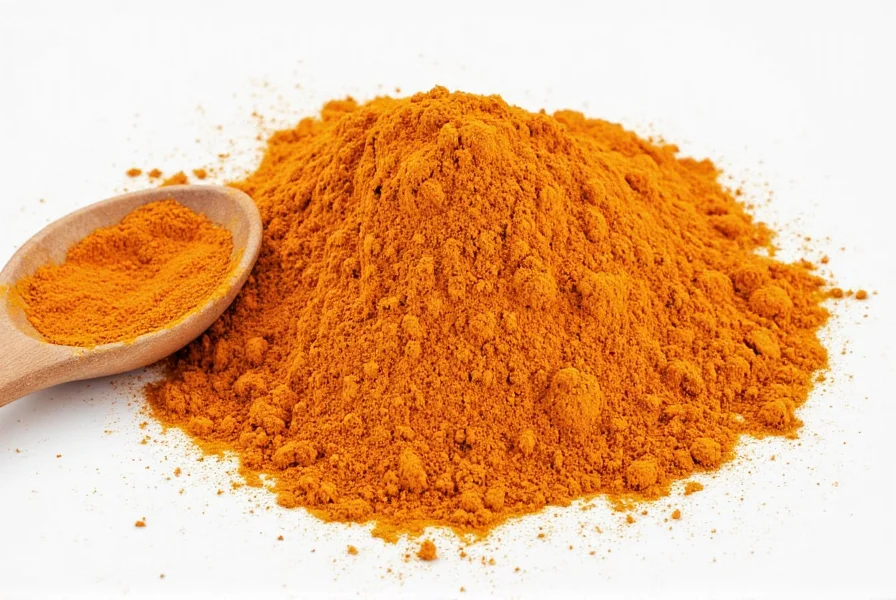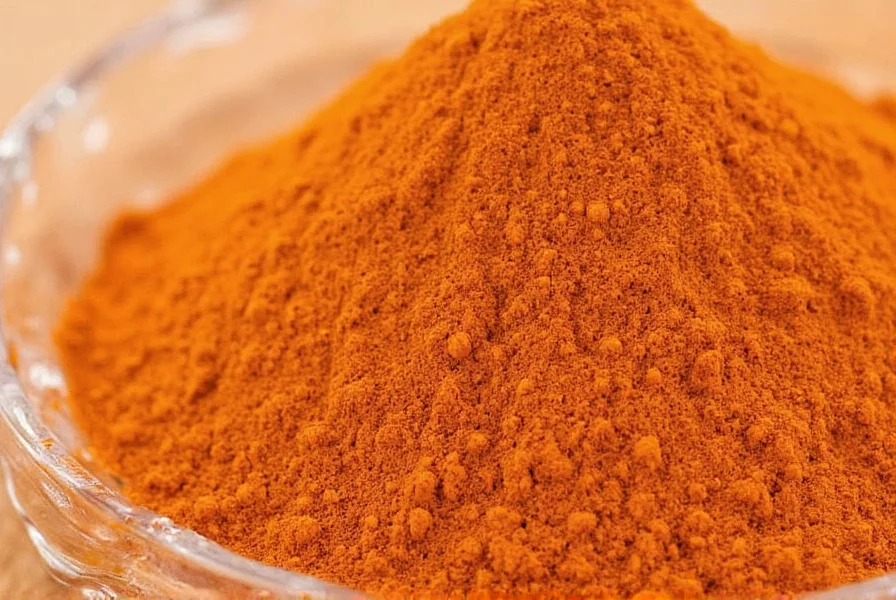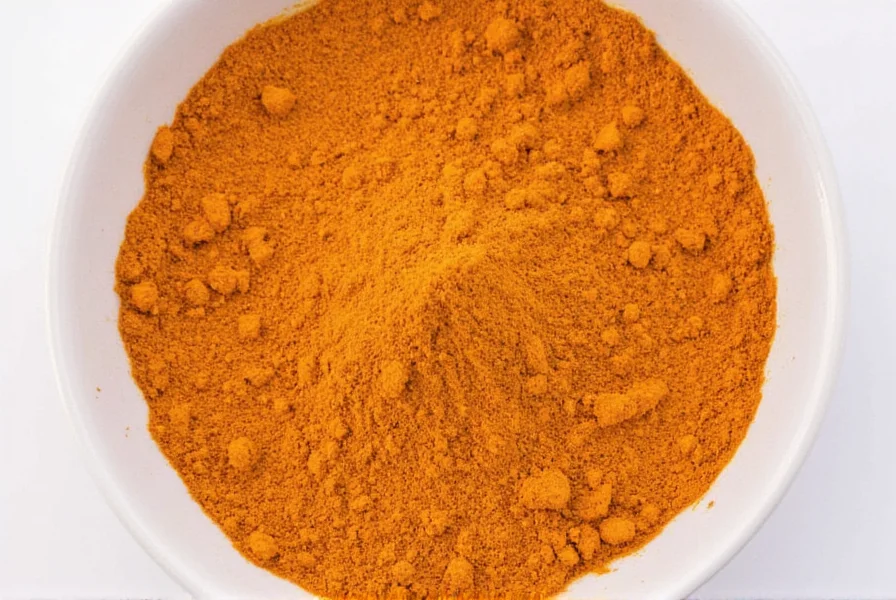Annatto Powder: The Golden Secret Behind Vibrant Flavors and Colors
If you’ve ever marveled at the rich golden hue of achiote-rubbed meats or wondered why Latin American rice dishes glow with an almost magical warmth, then chances are—you’ve encountered annatto powder. But what exactly is this colorful spice, and how can you make the most of it in your kitchen?
Table of Contents
- What Is Annatto Powder?
- Flavor Profile: What Does It Taste Like?
- 5 Creative Ways to Use Annatto Powder
- Health Benefits You Should Know
- Buying Guide: How to Choose the Best Annatto Powder
- FAQ: Your Burning Questions Answered
- Final Thoughts
What Is Annatto Powder?
Annatto powder, also known as achiote powder, comes from the seeds of the Bixa orellana plant, native to Central and South America. These seeds are dried and ground into a fine powder that ranges in color from bright orange to deep red.
Historically, indigenous peoples used annatto not only for cooking but also for body paint and medicinal purposes. Today, it's a staple in many global cuisines, especially those of Mexico, the Caribbean, and parts of Asia.
Flavor Profile: What Does It Taste Like?
While annatto powder is mostly known for its visual impact, it does contribute a mild flavor—earthy, slightly peppery, with subtle nutty and sweet undertones. Think of it as the culinary version of a mood ring: it adapts and enhances rather than overwhelms.
- Sweetness: Mild caramel notes
- Heat: Very low (not spicy)
- Earthiness: Comparable to paprika
- Nuttiness: Similar to sesame or roasted almonds

5 Creative Ways to Use Annatto Powder
Ready to add some golden magic to your meals? Here are five delicious ways to incorporate annatto powder into your cooking:
- Rice Dishes: Toss with oil and sauté briefly before adding rice for a gorgeous hue and earthy base note.
- Marinades: Mix with garlic, citrus, and olive oil for a classic Latin-style meat rub.
- Butter & Oils: Infuse butter or oil with annatto for a quick, vibrant finishing touch.
- Egg Dishes: Add a pinch to scrambled eggs or omelets for both color and complexity.
- Popcorn: Blend with melted butter or coconut oil and drizzle over popcorn for a snack that pops visually and taste-wise.
Health Benefits You Should Know
Annatto isn’t just about looks—it brings some nutritional perks to the table too:
- Antioxidant Powerhouse: Contains norbixin, a natural antioxidant that helps fight free radicals.
- Anti-inflammatory Properties: Some studies suggest annatto may help reduce inflammation.
- Vitamin E Source: Helps protect cells from oxidative damage.
- Natural Food Coloring: A healthier alternative to synthetic dyes in homemade sauces, cheeses, and baked goods.
| Benefit | Description | Why It Matters |
|---|---|---|
| Antioxidants | Rich in norbixin | Helps protect against cellular damage |
| Vitamin E | Promotes skin and heart health | Supports immune system function |
| Natural Coloring | Safe and edible | Ideal for foodies avoiding artificial additives |
Buying Guide: How to Choose the Best Annatto Powder
Not all annatto powders are created equal. Whether you're shopping online or hitting up a local market, here’s how to find high-quality options:
- Color: Look for vibrant orange-red hues. Avoid dull or faded powders.
- Aroma: Fresh annatto should smell earthy and slightly sweet—not musty or stale.
- Purity: Check for fillers like salt, cornstarch, or artificial preservatives. Pure annatto is best.
- Origin: Authentic varieties often come from Mexico, Peru, or the Philippines. Labels like “achiote” or “urucum” indicate authenticity.
- Brand Reputation: Stick to trusted spice brands or organic sellers if quality is a priority.
Top Picks for Best Annatto Powders
| Product | Features | Best For | Occasion |
|---|---|---|---|
| La Flor Achiote | 100% pure, Mexican-made | Traditional recipes | Weekend cooking projects |
| Simply Organic Annatto | USDA Organic certified | Health-conscious cooks | Family dinners |
| San Mateo Natural Color | Great for natural food coloring | DIY bakers & cheese makers | Homemade gifts |
FAQ: Your Burning Questions Answered
Can I substitute paprika for annatto powder?
Yes, but with caveats. Paprika offers similar color and mild heat, but lacks annatto’s nutty sweetness. For best results, mix paprika with a tiny bit of turmeric and cumin to mimic the flavor profile.
Is annatto powder spicy?
Nope! It’s more about earthy, sweet flavors than heat. If you want spice, add chili flakes or hot peppers alongside it.
How long does annatto powder last?
In an airtight container, away from sunlight, it can stay fresh for up to two years. After that, the color and aroma will fade significantly.
How do I store annatto powder?
Keep it in a cool, dark place—like a pantry or spice drawer. Glass jars are ideal for preserving freshness and color.
Can I use annatto seeds instead of powder?
Absolutely! Simply toast them lightly and grind into a powder using a mortar and pestle or spice grinder.

Final Thoughts
Annatto powder may not always steal the spotlight in your spice rack, but once you learn how to harness its powers, you’ll wonder how you ever cooked without it. From its stunning golden hues to its gentle, complex flavor and impressive list of health benefits, annatto is truly the golden child of the spice world.
Whether you’re making traditional cochinita pibil, experimenting with homemade cheeses, or simply spicing up your breakfast eggs, annatto has a role to play. So go ahead—open that jar, breathe in that earthy aroma, and let your creativity run wild.
Your kitchen deserves the golden touch—and now you know how to deliver it.











 浙公网安备
33010002000092号
浙公网安备
33010002000092号 浙B2-20120091-4
浙B2-20120091-4